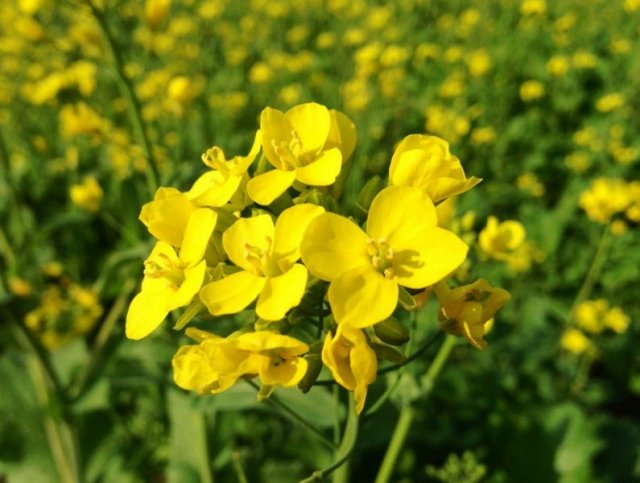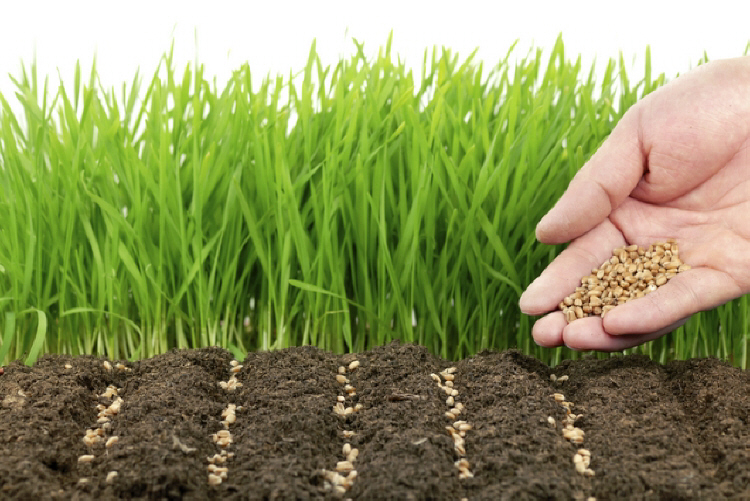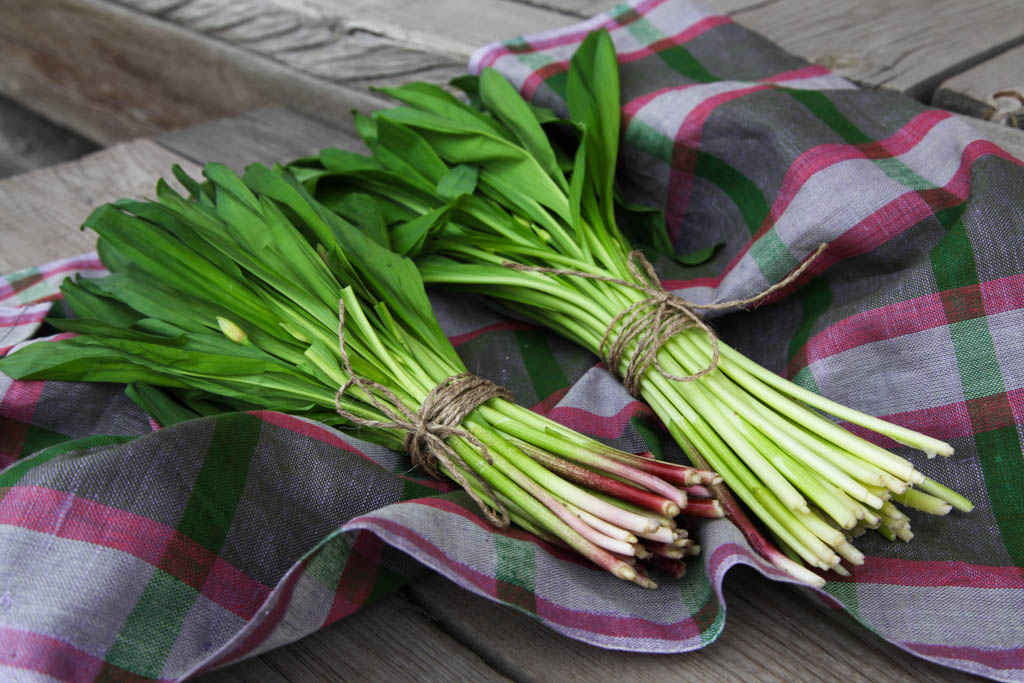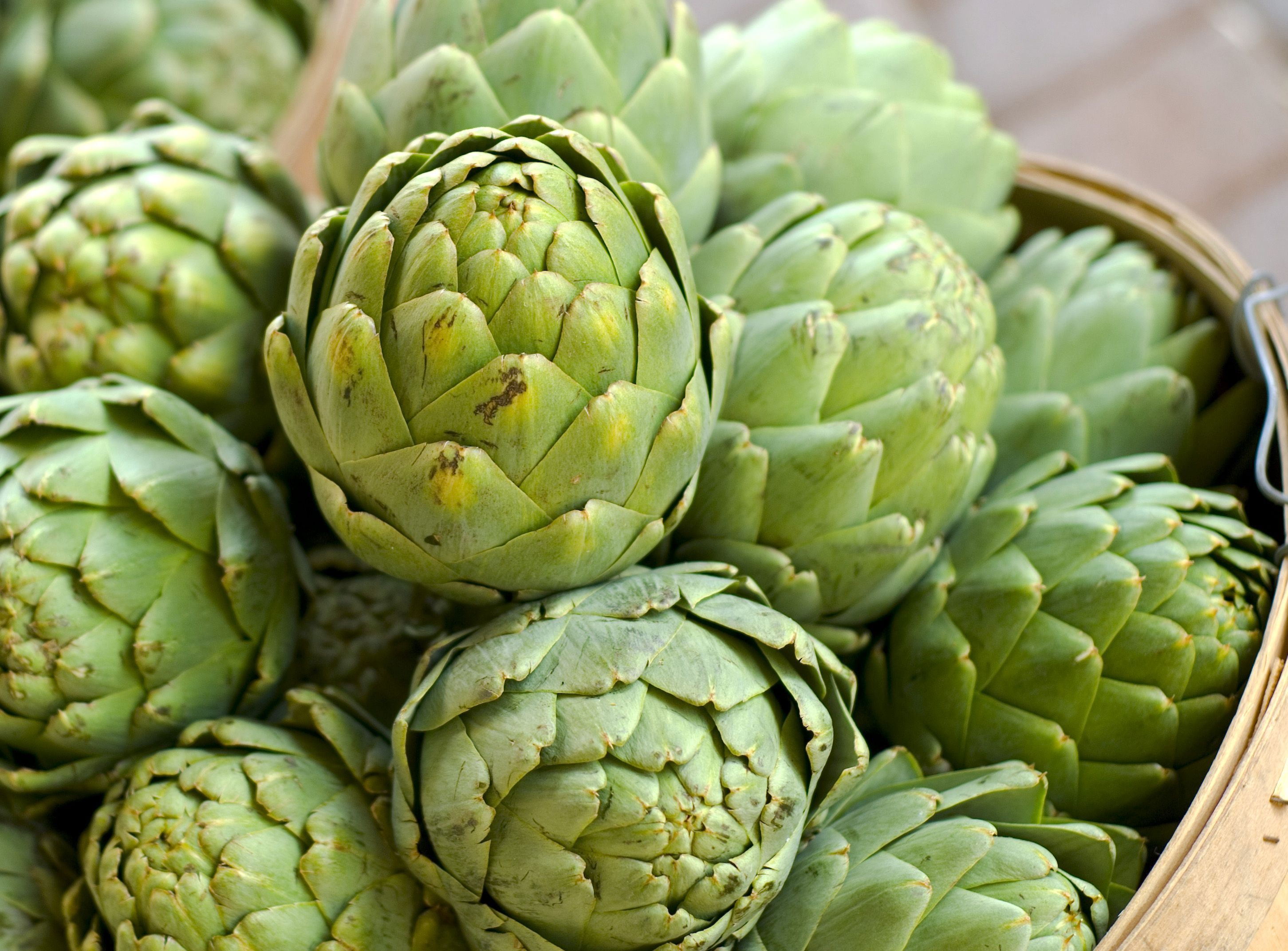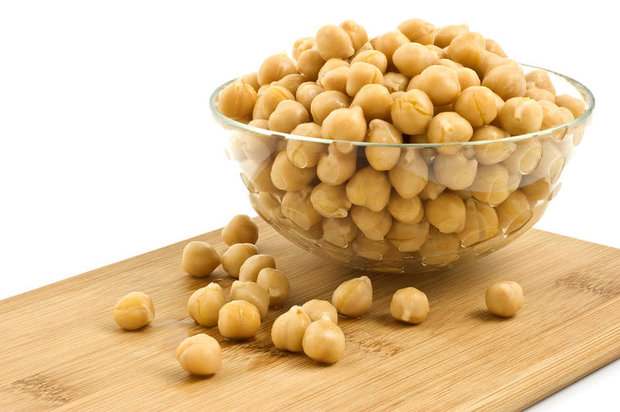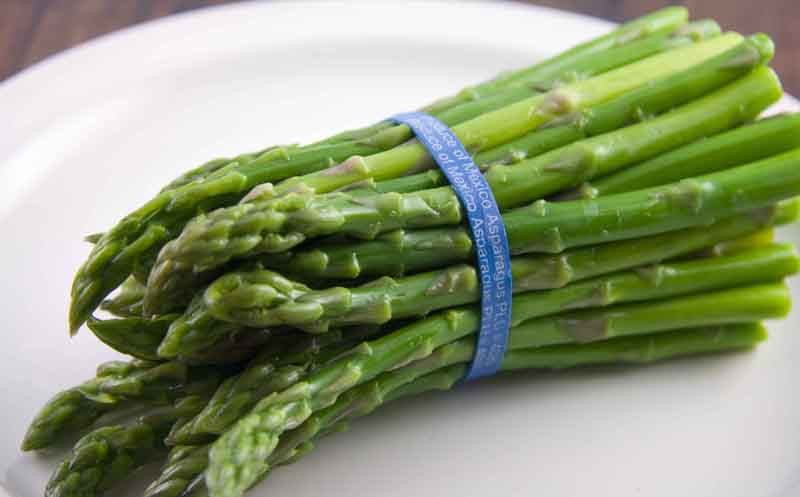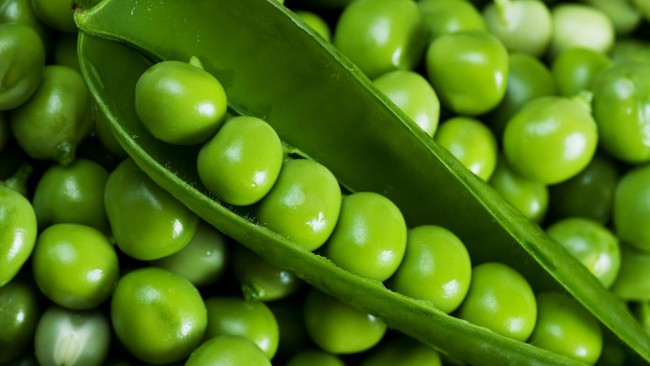Such a spicy plant as mustard is especially popular throughout the CIS. It has to be sown annually, because the plant is annual. The most common varieties: white mustard, black mustard, gray mustard. For the preparation of salads, culinary specialists often use the salad type of plant. It grows up to 40-50 cm in height. Differs in its unpretentiousness and good yield. Without exception, all varieties produce seeds. This product is useful for digestion, treatment of respiratory diseases. The plant has antibacterial properties, affects the improvement of the liver, cardiovascular and reproductive systems, contains a large amount of vitamins and minerals. Mustard has found its application in pharmaceuticals and industrial production. It is not only a good product for humans, but also a healthy food for herbivores. Therefore, it is not surprising that many farmers are so interested in the question of how to plant mustard.
Agrotechnical features of growing mustard
Although all varieties of mustard are very similar to each other, they have their own characteristics and needs. The plant itself is quite frost-resistant, therefore it is allowed to plant it both in the spring and in the autumn.
Sowing white mustard can take place in almost any soil, however, it is better that it be loose and soft. Acidity in this case does not play any role.
You can count on a good result if white mustard is sown (cultivation technology and yield confirm this) after legumes, row crops, cereal crops. Sowing mustard seed in the same place can take place no more often than once every 3-4 years.
When answering the question that one cannot plant and sow after mustard, the following plants should be indicated: cabbage, turnip, radish. They and mustard have the same diseases.
How mustard multiplies
There are two main ways to propagate mustard:
- Seeds. You can buy them in almost every seed store or through specialized online stores. The price directly depends on the number of seeds and their processing, as well as the variety. As of 2018, for 1 kg of seeds in the Russian Federation, you will have to pay from 45 to 170 rubles;
- Seedlings. It can be pre-grown from seed in a pot or greenhouse, and then transplanted into open ground.
Sowing with seeds
Soil preparation
Planting mustard requires careful soil preparation. It should be aimed at accumulating moisture, destroying all weeds, leveling the soil cover. After harvesting the previous crop, stubble cultivation is carried out. This technology allows you to destroy the causative agents of many plant diseases, and also contributes to the rapid decay of plant residues. For the highest quality loosening, the soil is cultivated at a depth of 8 to 12 cm.
Thinking about how to plant mustard, you should pay attention to the fact that this plant requires a lot of minerals. The soil should be saturated with potassium, phosphorus and nitrogen. To find out the exact amount of mineral fertilizers, the soil is diagnosed in advance.
Sowing specifics
When deciding when to sow mustard, the owner must take into account the type of plant, as well as the temperature. So, white mustard can be sown as soon as the soil thaws in spring or just before the very frosts in autumn. The temperature that the mustard plant can withstand is -5 ℃. For it to rise well, it is enough for the air to warm up to at least + 3 ℃. The seeding rate is 4 grams per square meter. This species begins to ascend very early: in fact, after 3-4 days. In 2 months the plant grows up to 20 cm in height.
Growing lettuce (leaf) and black (French) varieties is virtually identical. These varieties require warmth for successful germination. Sowing mustard should take place at a temperature of 10-15 degrees Celsius. If the air warms up to 25 degrees, the mustard can go into the arrow. Having learned how to sow mustard in the spring and using the tips from experienced owners, you can enjoy the fruits of the salad plant in 2 weeks.
It is better to sow seeds of white mustard and other varieties by hand in the usual line method. Sowing depth - 2-3 cm into the soil. The distance between the rows in the standard case should be 15 cm, and in the case of clogged fields - 40-70 cm. Alternatively, the whole vegetable garden can be sown with a solid carpet.
Dry weather requires a slightly deeper immersion of seeds (up to 4-5 cm) and an increase in seed material by 5%.
The average number of seeds per hectare of land is 1.5-2 million seeds.
At the request of the farmer, mustard seeds can be sown 3-4 times a year. After each harvest, it is important to dig the area as deep as possible. Such an event will be of great benefit to the field, it will be possible to prevent late blight of vegetable plants.
Seedling care
Proper plant care involves frequent watering, especially if the weather is dry. Pulling weeds or cultivating in the early stages of mustard growth is not worth it, because mustard is very sensitive to any mechanical damage.
How to plant seedlings
Having bought seeds for growing seedlings, first of all, the owner must decontaminate the seed. For this, the seeds are soaked for several hours in a solution of potassium permanganate.
Step-by-step instructions for disembarkation involve 4 stages:
- Choose a place. Mustard in the greenhouse in the spring can be sown, as well as in the garden, in rows. Also, seeds can be placed in prepared holes in the greenhouse. Other options are a pot, boxes, cups, and the like. Several holes need to be made at the bottom of the container. This is to ensure that excess water flows out. We'll have to find additional special saucers or pallets;
- Prepare the soil. Black earth can be bought in flower shops or taken from the garden. In the latter case, you should add coconut fiber and vermicompost to it;
- The bottom of the tank is covered with drainage material. Most often, expanded clay is used for this. Prepared soil is poured over it;
- Planting seeds should not be very close to each other. After that, you need to water the soil, and then cover the container with a plastic thin film.
For home growing to be successful, you need to follow all the recommendations of experienced farmers. An important condition is the air temperature - + 20-24 ℃. The optimum air humidity is 60%.
It is possible to speed up the process of mustard germination somewhat if you first place the seeds for 3 days in warm water with the addition of drugs: Epin or Kornevin.
For some leafy varieties, a peat tablet can be used instead of soil. It is placed in water until a mushy mixture is formed. The pot is filled with it, and then the seeds are placed, pressing them to a depth of 5-6 mm.Fertilization in this case is already superfluous, but the plant needs to be watered daily.
You can plant mustard in a permanent place about 1-2 weeks after it starts to grow. It is important that the temperature outside during the transplant period is higher than 5 degrees Celsius.
Late autumn is also suitable for planting, but in this case it must be grown in a greenhouse.
Plant care
It is difficult to say how much water mustard needs. The frequency of watering directly depends on how the mustard grows. In a month, it should become about 10 cm higher. If the plant is flabby and does not grow as expected, or does not want to sprout, then you will have to add it every day.
It is recommended to harrow the soil crust with light tine harrows at a speed of the unit no more than 5-6 km / h.
Inter-row cultivation is permitted on wide-row crops. For the first cultivation, it is better to use flat-cut one-sided shares. The depth is 4-5 cm.
The owners should take a closer look at how the mustard blooms. During this period, she is often attacked by cabbage aphids. You can get rid of this with the help of edge processing.
For chemical protection, it is allowed to treat the plant with special herbicides. Recovery with such a drug must be done carefully, observing the proportions recommended by the manufacturer.
Harvesting
Mustard can be harvested either manually or by combining.
When the mustard is harvested separately, the grass is mowed, and after drying (at least up to 12% moisture content), it is picked up in swaths.
In areas with sparse crops and fields with high weeds, two-phase harvesting is carried out.
The agrarians call the best periods for harvesting the morning and evening.
As soon as the seeds get to the current, they must immediately undergo primary treatment. If the moisture content of the fruits is too high, they are dried using artificial ventilation technology. If there is no drying, the seeds must be dried in the open air. Secondary cleaning is carried out under the condition of seed moisture content of 9%. For short-term storage, it is allowed to lay mustard seeds with a moisture content of 10-12%, for long-term storage - 8-9%.
It is allowed to store mustard seeds for 8 years. Of course, this figure cannot be an indicator for all cases. For the quality of the product, it is important to observe the optimal indicators of moisture (up to 60%) and temperature (up to + 15-20 ℃). In addition, there must be good ventilation in the room.
It is allowed to store mustard powder for 6 months, but subject to air humidity up to 75% and air temperature up to 20 degrees Celsius.
Mustard greens can be eaten raw as long as they are appetizing and appetizing. For the winter, it can be dried and placed, like other greens, in a bag or any glass, plastic container. It can also be added to marinades and rolled with tomatoes, cucumbers in a jar.
Summing up, it should be said that mustard is a rather unpretentious and useful plant. It is able to provide a good harvest, take care of the health of the soil. The mustard will look like a picture only if the owner follows the rules of agricultural cultivation and lovingly care for his crops.
